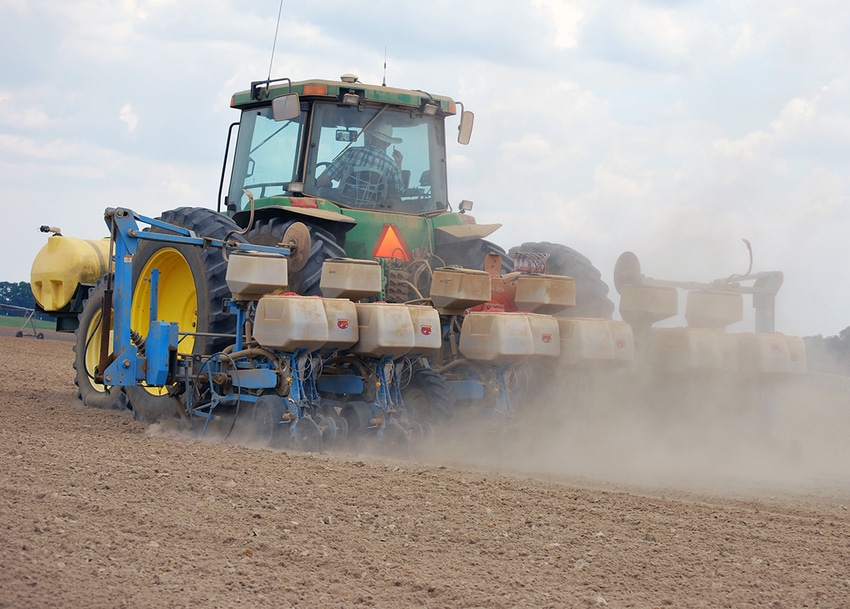May 8, 2020

A cold front will drop nighttime temperatures to the lower 50s to upper 40s in much of the Deep South and that could for a few days lower soil temperatures below optimal levels for good peanut planting and germination.
Peanut planters are hitting the high gears in Georgia, the region's top peanut producing state. Scott Monfort, the University of Georgia Extension peanut agronomist, advised growers in a May 7 Extension email to delay planting, if they could, until after the cold front moves on and soil temps rebound.
But if growers need to keep planting, he gave some points to consider:
If you are dryland and you are afraid of losing needed moisture then I would go ahead and plant.
If you are irrigated, you could hold off until cold front moves out.
If you have questionable seed quality, I would wait to plant until it warms up.
Soil temperatures can be different across the state. (check your county weather stations)
The eastern part of the state will be at more risk than the Southwest part of state.
Freshly turned soil will be colder than normal – let field sit for a day or so to warm up.
For strip tillage fields with cover, soils are typically colder than conventional tillage fields so you may want to allow extra time for soils to warm up.
What if I have a lot of acres and need to keep planting, or I just want to keep planting?
Make sure you are planting with good quality seed
Add appropriate in furrow fungicide to help with seedling disease
Do not plant more than 2.5 inches deep
Try not to add irrigation during the coldest days where night time temperatures are in the 40's and 50's and the day time temperatures are below 70-75. If you need to go ahead and add irrigation do not apply more than is needed to activate herbicides.
About the Author(s)
You May Also Like






